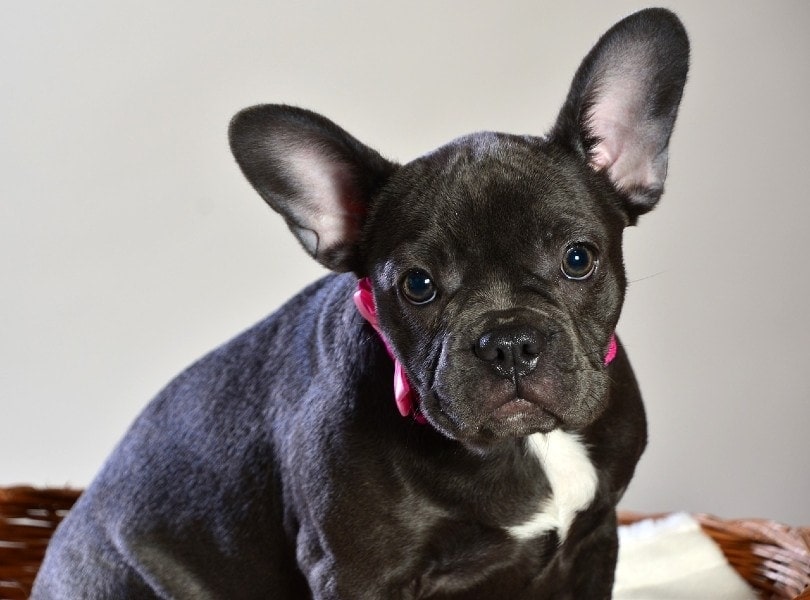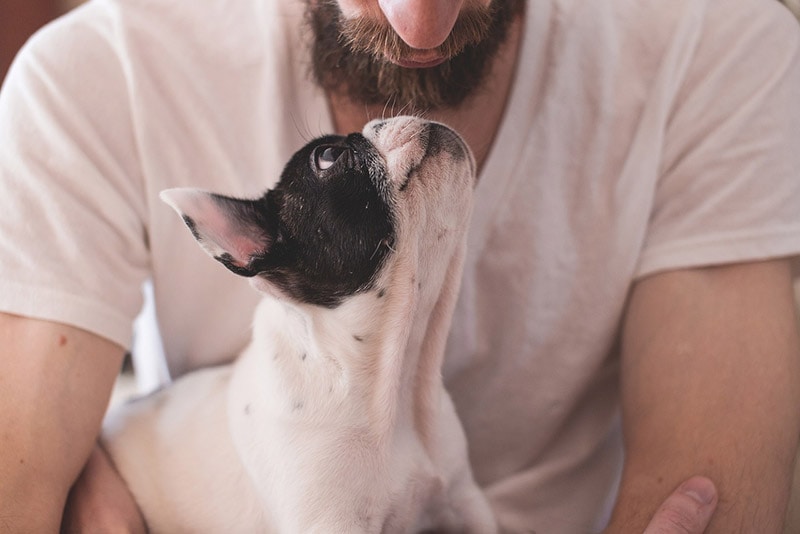American vs Italian Cane Corso – Main Differences Explained (With Pictures)

Updated on
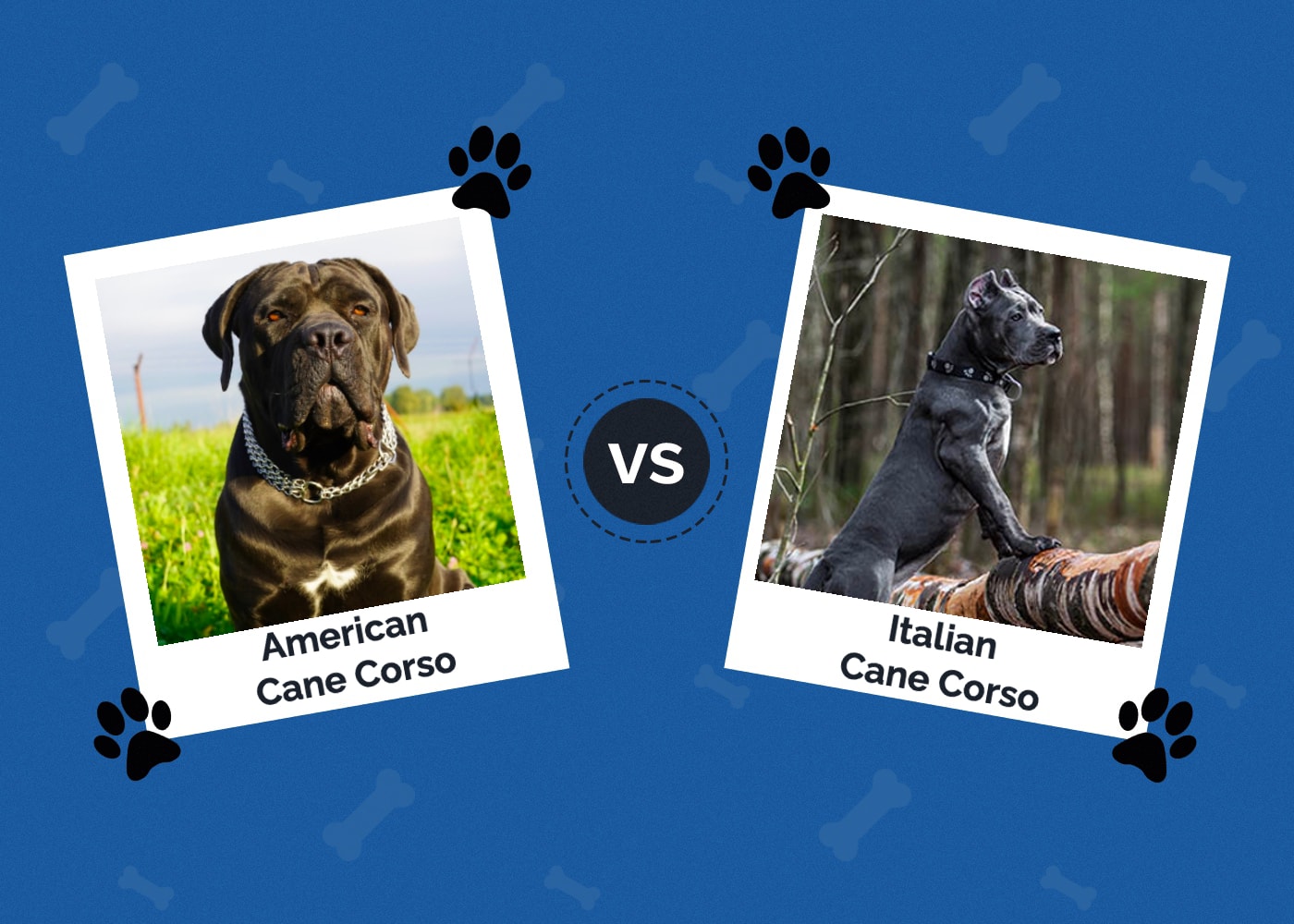
The American and Italian Cane Corsos are an ancient breed but not bred equally. Some say there are no significant differences, while others say the differences are significantly noticeable. Regarding the American and Italian Cane Corsos, there are many misconceptions we have tried to help set straight for you.
Both breeds make great family companions, and their loyalty makes them great guard dogs. There are a few minor distinctions that set them apart, so let’s have a look so you can choose which is right for you.
Visual Differences
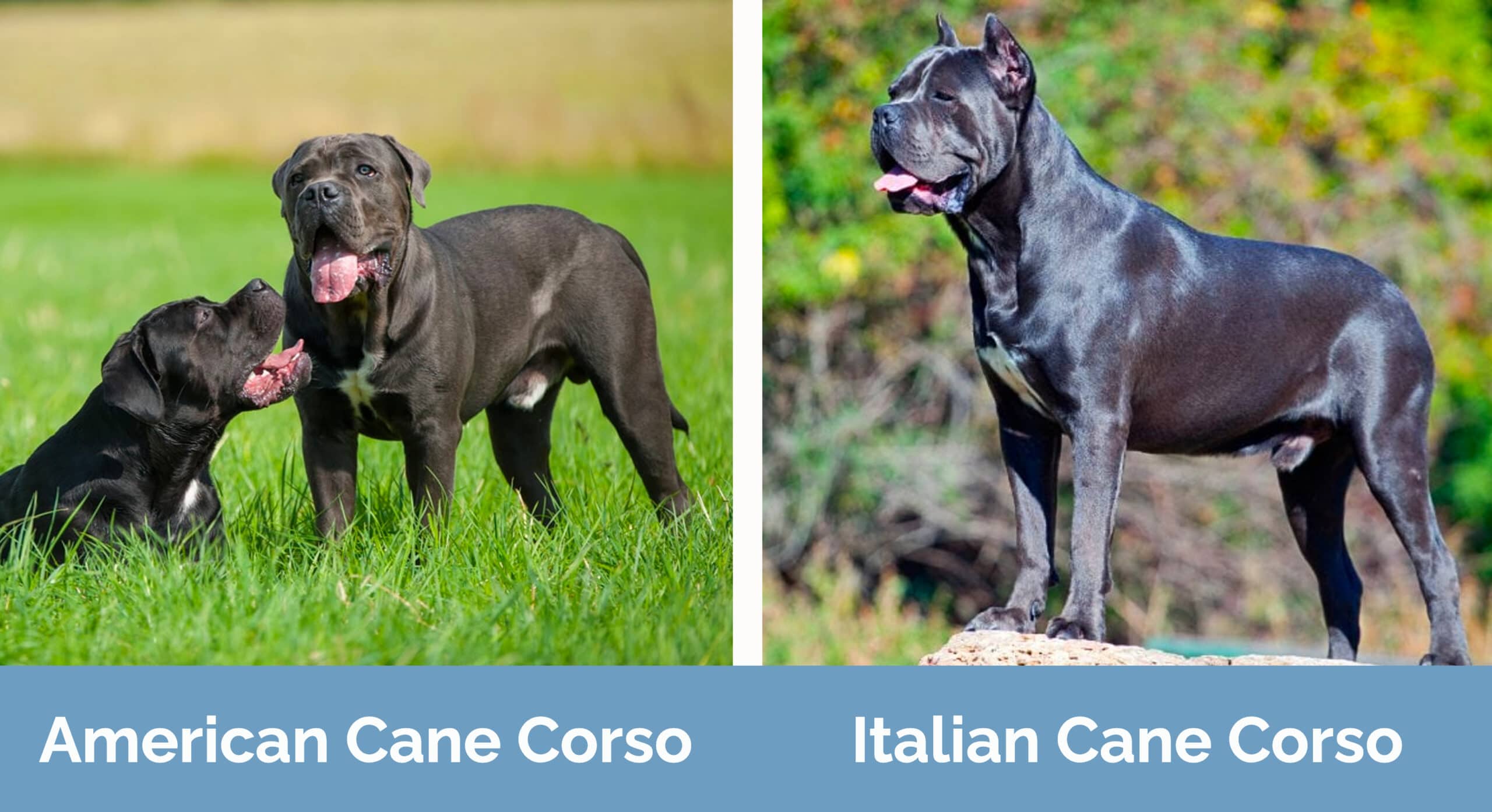
At a Glance
- Average height (adult): 24–28 inches
- Average weight (adult): 90–110 pounds
- Lifespan: 10–12 years
- Exercise: 2 hours a day
- Grooming needs: Moderate
- Family-friendly: Yes, with older children
- Other pet-friendly: Yes, if socialized.
- Trainability: Smart, confident, eager to please, excels at sports
- Average height (adult): 5–27.5 inches
- Average weight (adult): 88–110 pounds
- Lifespan: 9–11 years
- Exercise: 2 hours a day
- Grooming needs: Moderate
- Family-friendly: Yes
- Other pet-friendly: Yes, if socialized
- Trainability: Intelligent, brave, devoted, takes well to training
American Cane Corso Overview
Breed
The American Cane Corso was developed independently of the original Cane Corso. Neapolitan Mastiff, Rottweiler, and Presa Canario were the breeds used to create the American Cane Corso. They are called Cane Corso if they have Italian ancestors, irrespective of where they were born.
Temperament
The American Cane Corso is said to be a little more laid back than the Italian Cane Corso, but they are still very protective and devoted to their families and love having children to watch over. They are known primarily as family companions and guard dogs. While they are affectionate and loving, their loyalty may lead to some unwanted behavior if a stranger approaches and their instincts take charge.
Health & Care
American Cane Corsos have a lifespan of about 10–12 years. They are generally a healthy breed, but like all breeds, they are predisposed to some health conditions of which owners should be aware.
- Hip Dysplasia: This common degenerative joint disease affects the hind limbs.
- Obesity: Maintaining an ideal body weight is especially important in large breed dogs as it can cause further health issues and point strain on their joints.
- Demodectic Mange: This skin condition is transferred from the mother to the pup and is not contagious. It can usually cause hair loss, scaly skin, and itching.
- Idiopathic Epilepsy: This is a seizure disorder that usually develops around 3 years of age. It cannot be cured but can be managed with medication.
- Gastric Dilatation and Volvulus (GDV): GDV is a stomach condition that can be life-threatening. When a dog suffers bloat, the stomach can enlarge and twist on itself.
- Eyelid Abnormalities: Eyelid conditions such as ectropion, entropion, and cherry eye can cause chronic irritation and conjunctivitis.
You will need to feed your Cane Corso a well-balanced, high-quality, and age-appropriate diet. Because American Cane Corso’s are predisposed to joint issues, a joint supplement may be beneficial.
They will need to be brushed weekly, their nails will need to be trimmed regularly, and their ears and eyes should be inspected daily for redness. The overall grooming needs of the American Cane Corso are moderate.
Training
Cane Corsos need to be trained and socialized early to ensure their dominance doesn’t turn into aggression, especially towards strangers and other pets. They are a high-energy working breed that thrives in agility and skills training.
Suitable for:
The American Cane Corso will require a firm owner who is willing to put in the time and patience for proper socialization and training. While affectionate and loving dogs, they may not be ideal for first-time owners. If you are an active person who loves the outdoors, an American Cane Corso will love to join you on your adventures. American Cane Corso’s are great for families that include pets and children, as long as it is brought up with other pets, as they may not be too tolerant if they are introduced later on. They are great with kids, but because of their large size, they can cause a few accidents from time to time.
Italian Cane Corso Overview
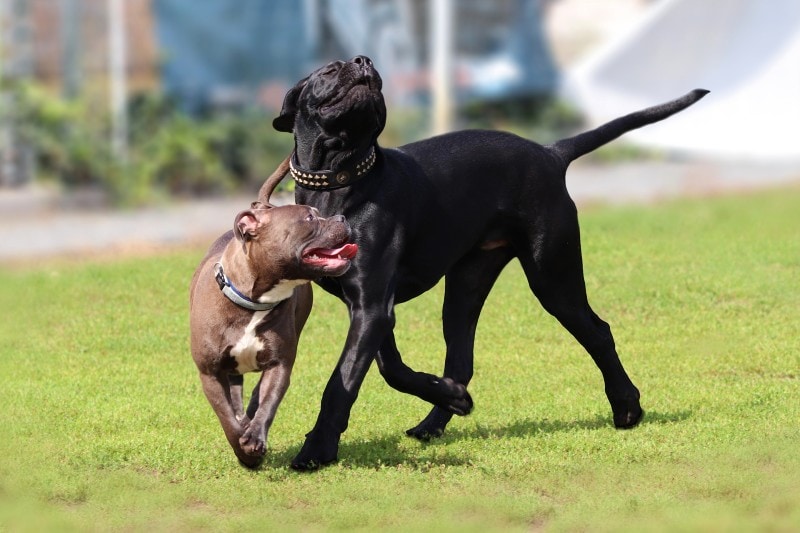
Breed
Italian Cane Corsos are descended from Neapolitan mastiffs. They have a history that goes back as far as 400 years and were nearly extinct by the 1980s. Breeders used the few remaining dogs to re-establish the breed by crossing them with Boxers and Bullmastiffs.
Temperament
The temperament of the Italian Cane Corso is much like that of the American Cane Corso. They are confident dogs that require adequate mental and physical stimulation. They are also natural protectors that are weary of strangers but sweet and affectionate with their loved ones. They love children, but their large size can lead to unintentional accidents.
Health & Care
The Italian Corso has a lifespan of about 9–11 years. While they are a relatively healthy breed, they are predisposed to many of the same health issues as the American Cane Corso, such as hip and elbow dysplasia, obesity, epilepsy, mange, and GDV. Regular checkups with the vet are required to keep your Italian Cane Corso healthy.
This large breed also requires a high-quality, well-balanced, and age-appropriate diet to stay healthy. A joint supplement may be helpful as they are predisposed to joint issues, like the American Cane Corso.
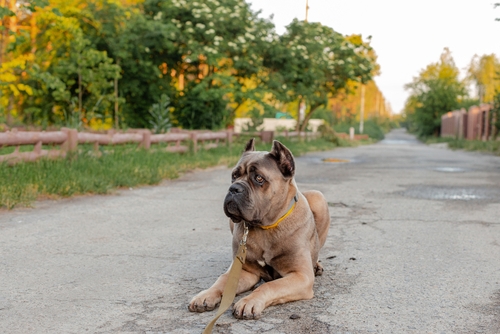
Training
The Italian Cane Corso is a very intelligent breed that responds well to training. Like most dogs and the American Cane Corso, they need proper socialization to grow and mature into loving and obedient dogs. They are eager to please but can also be quite stubborn.
Suitable for:
The Italian Cane Corso will thrive in a yard that it can guard and patrol and is comfortable indoors but will need a large space to run around and expel energy. Like the American Cane Corso, they are unsuitable for first-time, timid owners. They are natural guard dogs and good with kids, but playful children can excite them and encourage them to play, which can lead to unintentional accidents because of their size. Italian Cane Corsos are great watchdogs and companions for most families as long as they are properly socialized and trained. Owners must have the time and patience to provide the exercise and training this dog needs.
What is the Difference Between the American & Italian Cane Corso?
The most noticeable difference between the American Cane Corso and the Italian Cane Corso is their appearance. The Italian Cane Corso is shorter and less muscular than the American Cane Corso. The American Cane Corso looks more like a Pitbull, with a smaller head and a weaker jaw. Their coats are longer and less dense but generally come in the same colors as the Italian Cane Corso, which are black, blue, brindle, fawn, and red.
Which Breed Is Right for You?
While the American Cane Corso is known to be a little calmer, both these breeds will make great family companions and guard dogs. To own either of these breeds, you must be prepared and willing to provide the appropriate and necessary training. They must be exercised daily and be fed a high-quality, well-balanced diet. They are both predisposed to the same health issues, so regular checkups with your vet are necessary.
We wouldn’t say that one breed is better, but they are not recommended for first-time owners or families with very small kids. Whichever breed you decide is best for you will both be a loyal, protective, and loving companion.
Featured Image Credit: (Left) Urszula Drab, Shutterstock (Right) dezy, Shutterstock



